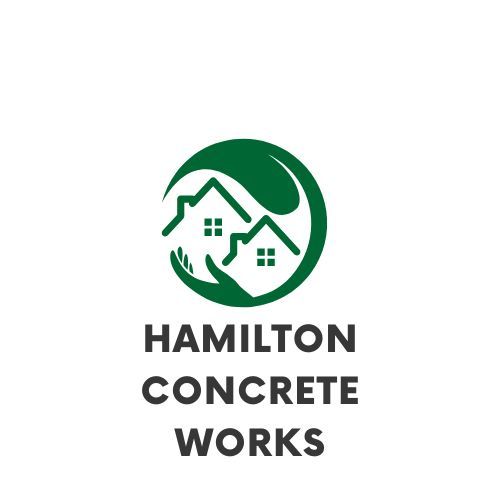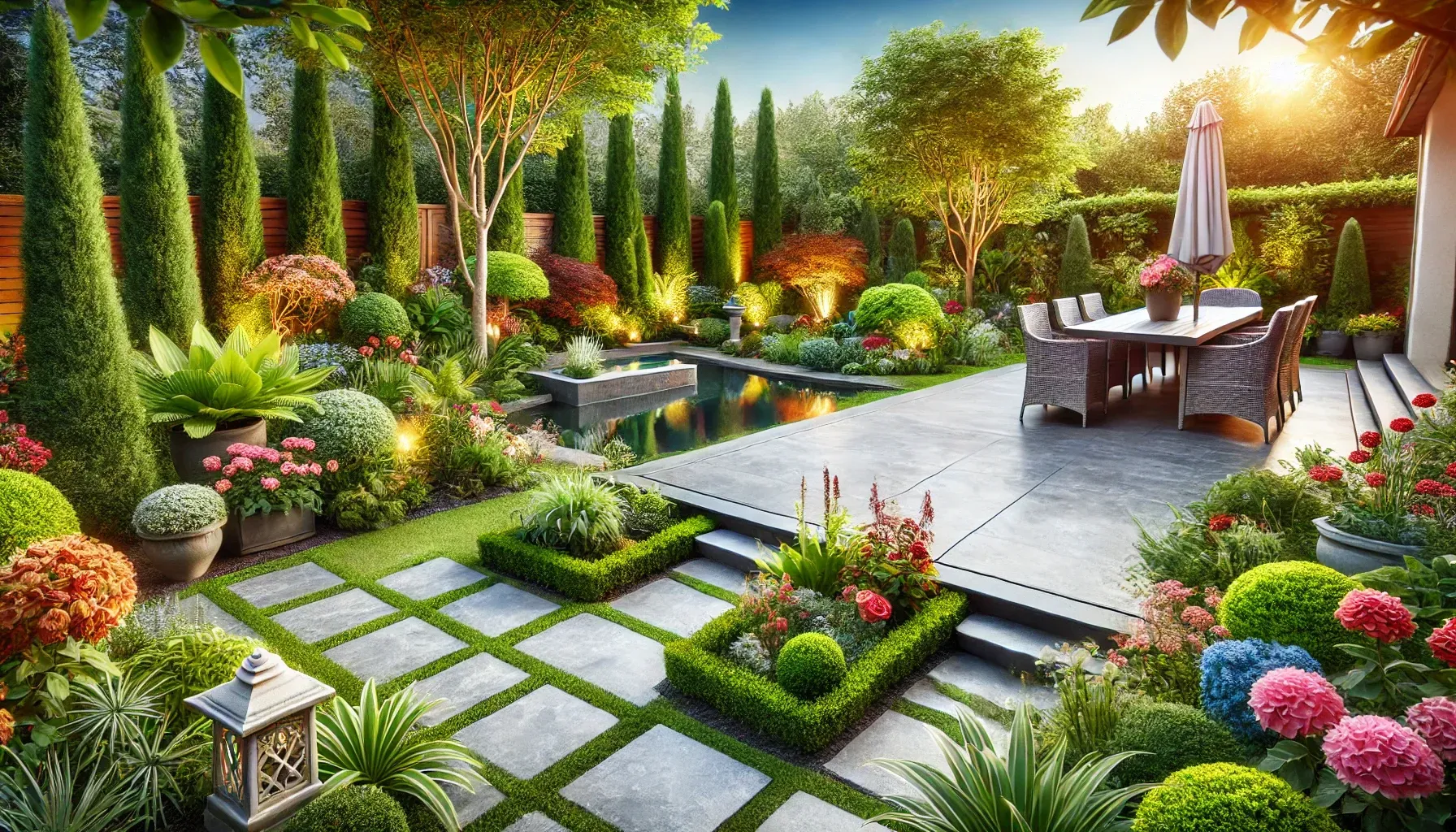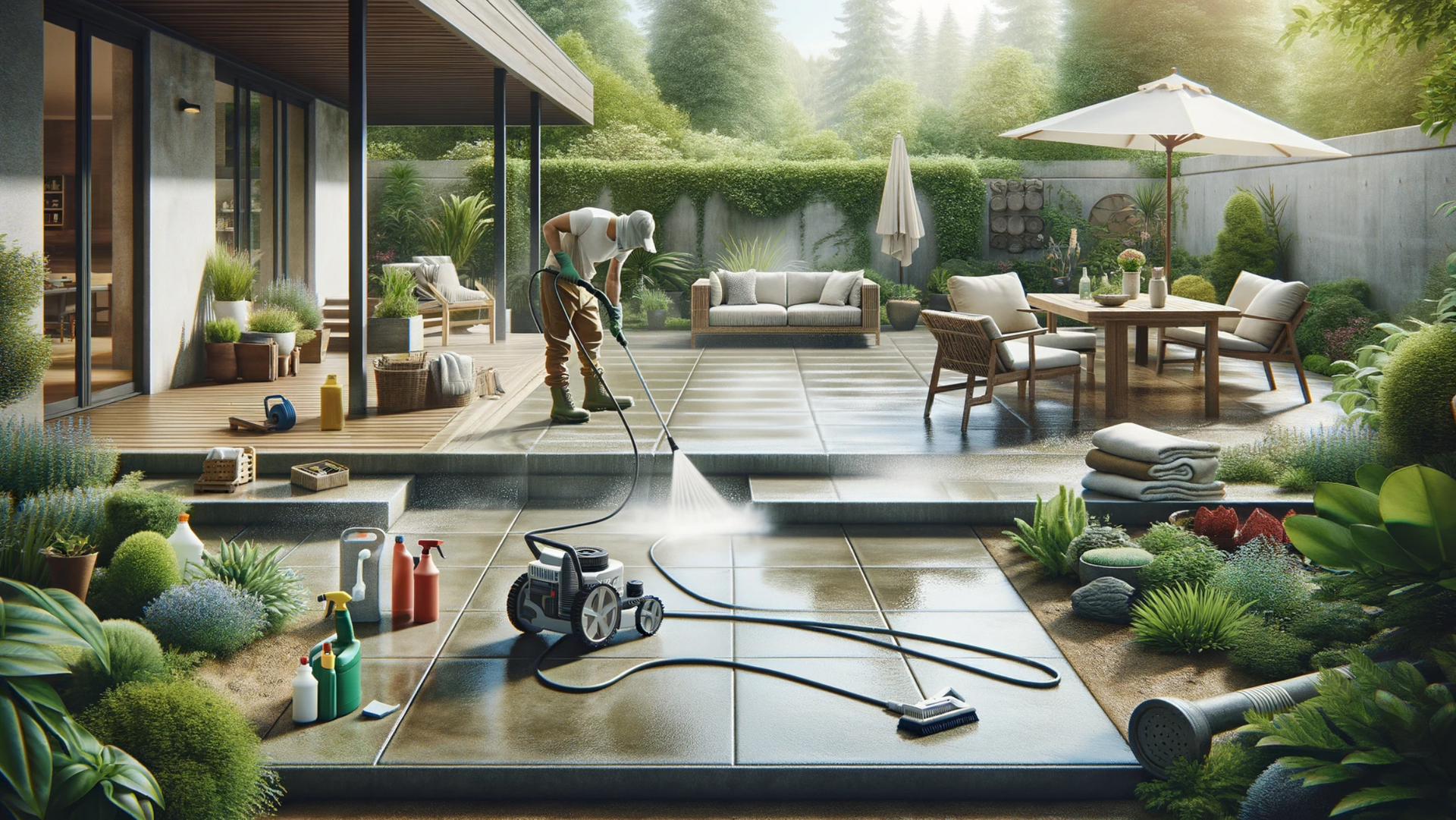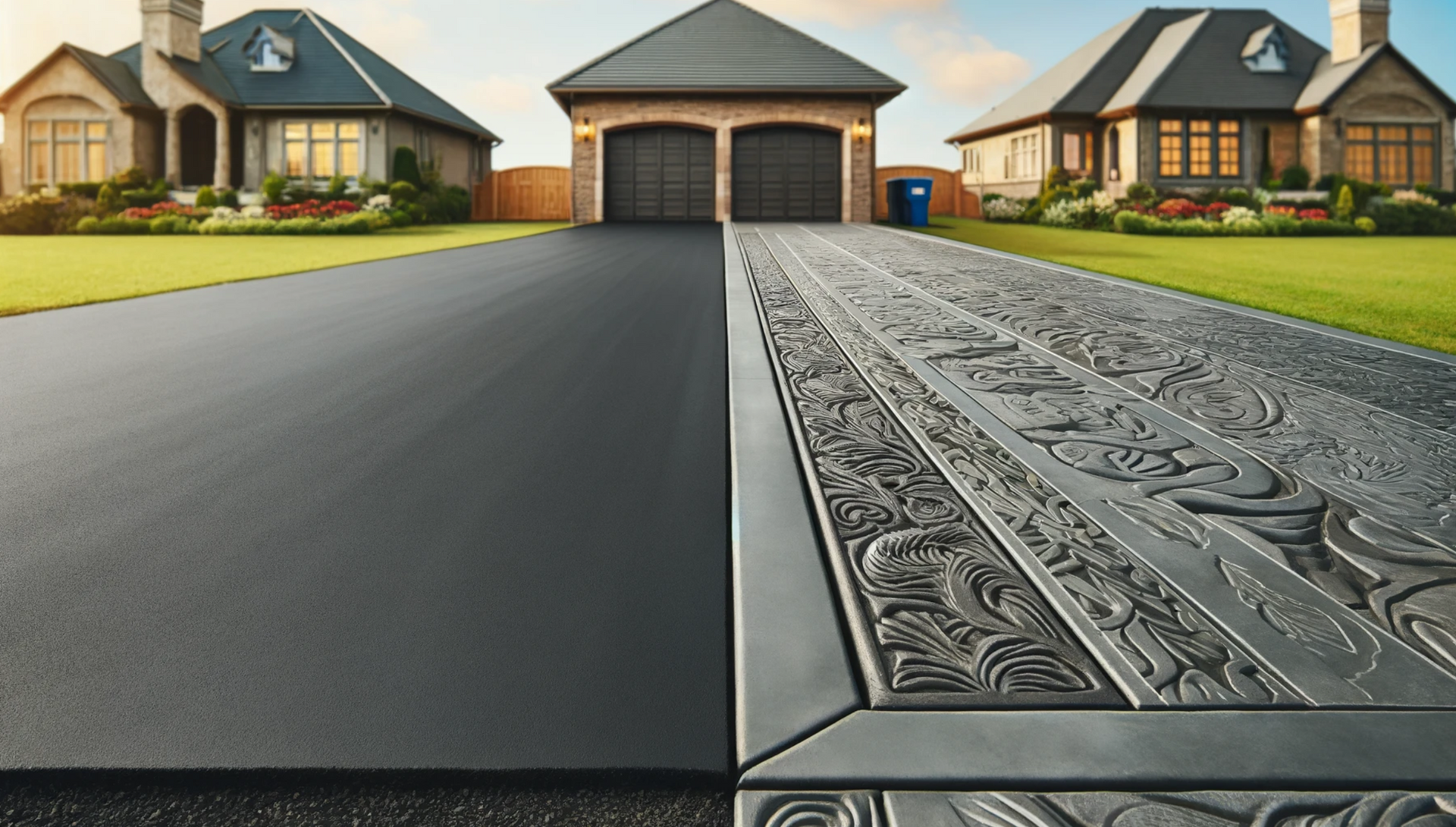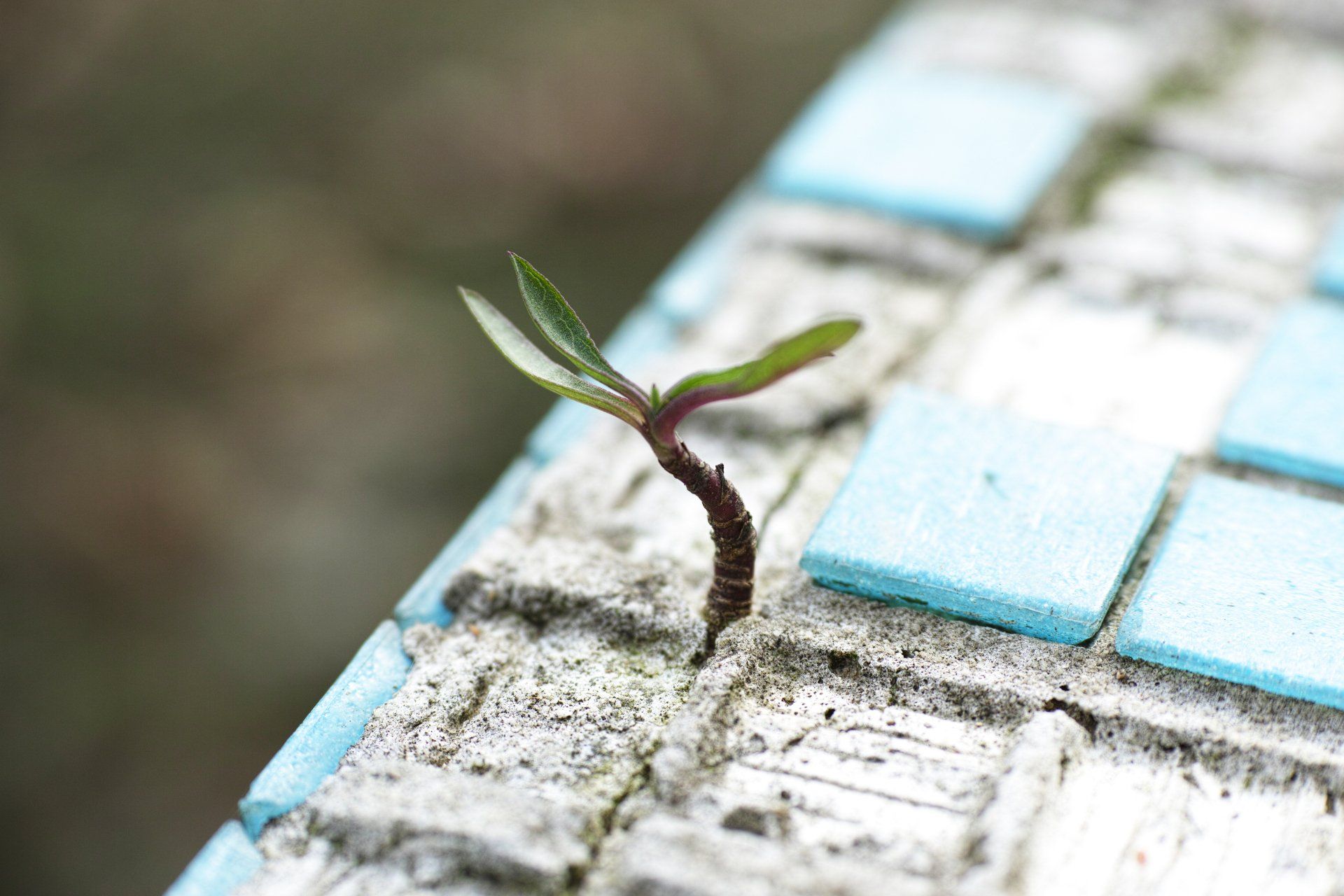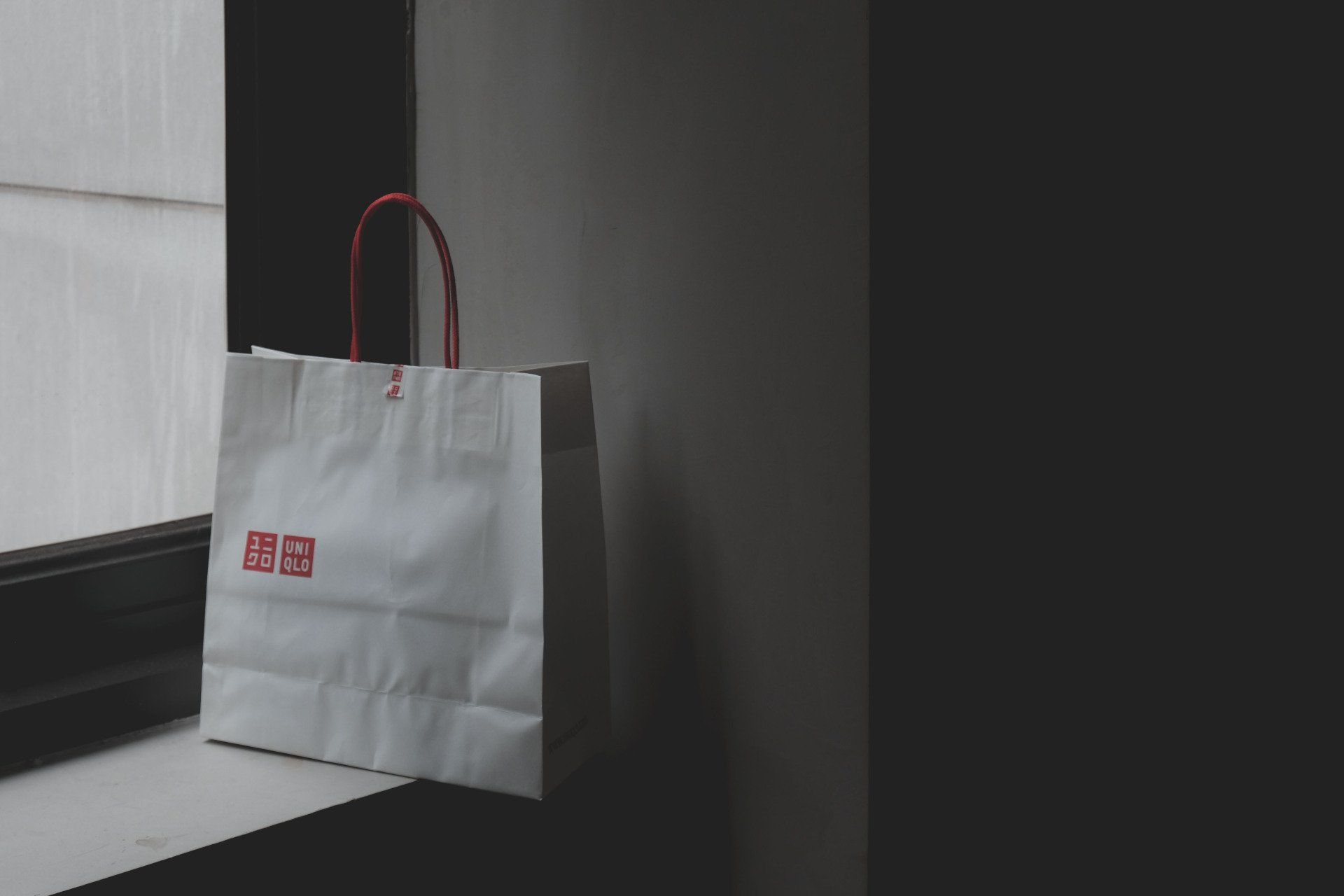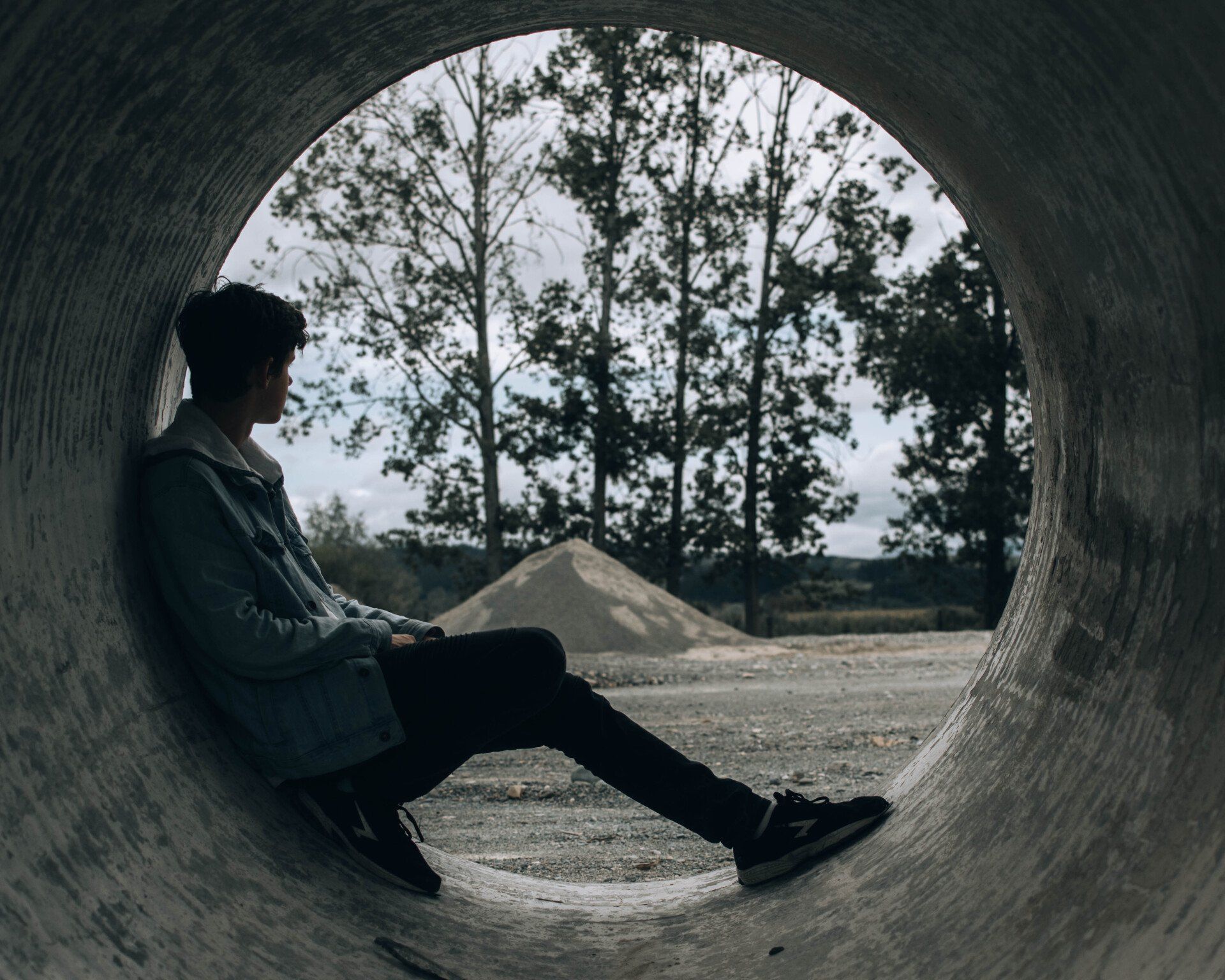Concrete Grinding: The Ultimate Guide to Flawless Surface
| Sections | What You'll Learn |
|---|---|
| What is Concrete Grinding? | The basics of grinding concrete surfaces. |
| Why Opt for Concrete Grinding? | Benefits and practical applications. |
| Cost of Concrete Grinding | Estimated costs and factors affecting it. |
| Tools Required | Essential tools and safety gear. |
Introduction
Hey, you savvy homeowner or construction pro! Ever looked at a bumpy concrete surface and thought, "This needs a makeover, ASAP!"? You're in the right place. This guide is your concrete grinding bible. Let's get grinding!
What is Concrete Grinding?
Concrete grinding isn't just a buzzword; it's a lifeline for any concrete surface in distress. It's all about leveling out those pesky imperfections on concrete surfaces. Whether you're dealing with concrete floors and slabs or concrete patios and porches, grinding is your go-to.
Why Opt for Concrete Grinding?
- Smooth Operator: Want a surface smoother than a Sinatra song? Grinding's your answer.
- Budget-Friendly: It's like a spa day for your floor, without the hefty bill.
- Universal Soldier: Indoors, outdoors, it's the Swiss Army knife of surface prep.
Remember Bob, your neighbor, who botched his tile installation? Don't be a Bob. Grind first, tile later.
Cost of Concrete Grinding
Money talks, so let's get down to brass tacks:
- Low-End: Around $0.75 per square foot.
- High-End: Could go up to $2 per square foot.
Variables like surface condition and area size can swing the pendulum, so keep those in mind.
Tools Required
Gear up, folks! You'll need:
- An Angle Grinder
- Diamond Grinding Cup Wheel
- Dust Shroud
- Safety Gear (Your health is wealth, people!)
Ready to revamp that concrete? Let's roll up those sleeves and dive in!
That's just the tip of the concrete iceberg! We've got tons more to cover, so stick around for the full scoop!
Grinding Techniques
When it comes to grinding techniques, you've got two main options: dry and wet grinding. Dry grinding is less messy and is often the go-to for many DIYers. However, it does require proper ventilation to manage dust. Wet grinding, on the other hand, minimizes dust but creates a slurry that you'll need to clean up. Both have their pros and cons, so choose wisely based on your specific needs.
How to Prepare for Concrete Grinding
Preparation is key. Start by cleaning the surface thoroughly; a dirty surface will affect the quality of the grinding. Next, check for cracks. Minor cracks can be smoothed out during the grinding process, but major ones might require more intensive repair work. Also, don't forget to set up safety barriers, especially if you have pets or children around.
DIY vs. Hiring a Professional
The question of whether to DIY or hire a professional often comes up. Going the DIY route is definitely cheaper, but it requires a certain level of skill and a significant time investment. Hiring a professional, especially for specialized tasks like concrete renovation services, might cost more but you're paying for expertise and a guaranteed quality finish.
How Much Material is Removed?
The goal of grinding isn't just to make the surface look good; it's also to remove the right amount of material. For thin coatings, you're looking at removing about 1/16th of an inch. For thicker coatings, you might need to go up to 1/8th of an inch. The key is to remove enough material to achieve a smooth surface without compromising the structural integrity of the concrete.
Common Mistakes to Avoid
Mistakes can happen, especially if you're new to concrete grinding. One common mistake is overgrinding, which can weaken the concrete. Another pitfall is applying inconsistent pressure while grinding, which can lead to an uneven surface.
Safety Measures
Safety should be your top priority. Always wear proper personal protective equipment (PPE), including goggles and a dust mask. Make sure the area is well-ventilated to minimize the inhalation of concrete dust.
Concrete Grinding for Different Surfaces
Concrete grinding isn't a one-size-fits-all solution. The approach you take will depend on the specific type of surface you're working on. For instance, grinding concrete floors may require different tools and techniques compared to grinding a concrete patios.
Post-Grinding Steps
Once the grinding is done, your job isn't over. You'll need to clean the area thoroughly to remove any residual dust. After that, consider sealing the surface to protect it and enhance its appearance.
Concrete Resurfacing vs. Grinding
Finally, it's worth noting that grinding isn't always the answer. Sometimes, the concrete surface requires more than just a touch-up, and that's where concrete resurfacing comes in. Resurfacing provides a more comprehensive solution when the concrete is in poor condition and needs a complete makeover.
Are Ready To Work With HAMILTON CONCRETE WORKS?
Let's get in touch!
Send us a message and we’ll be in touch.
Or give us a call today at 289-204-1632
